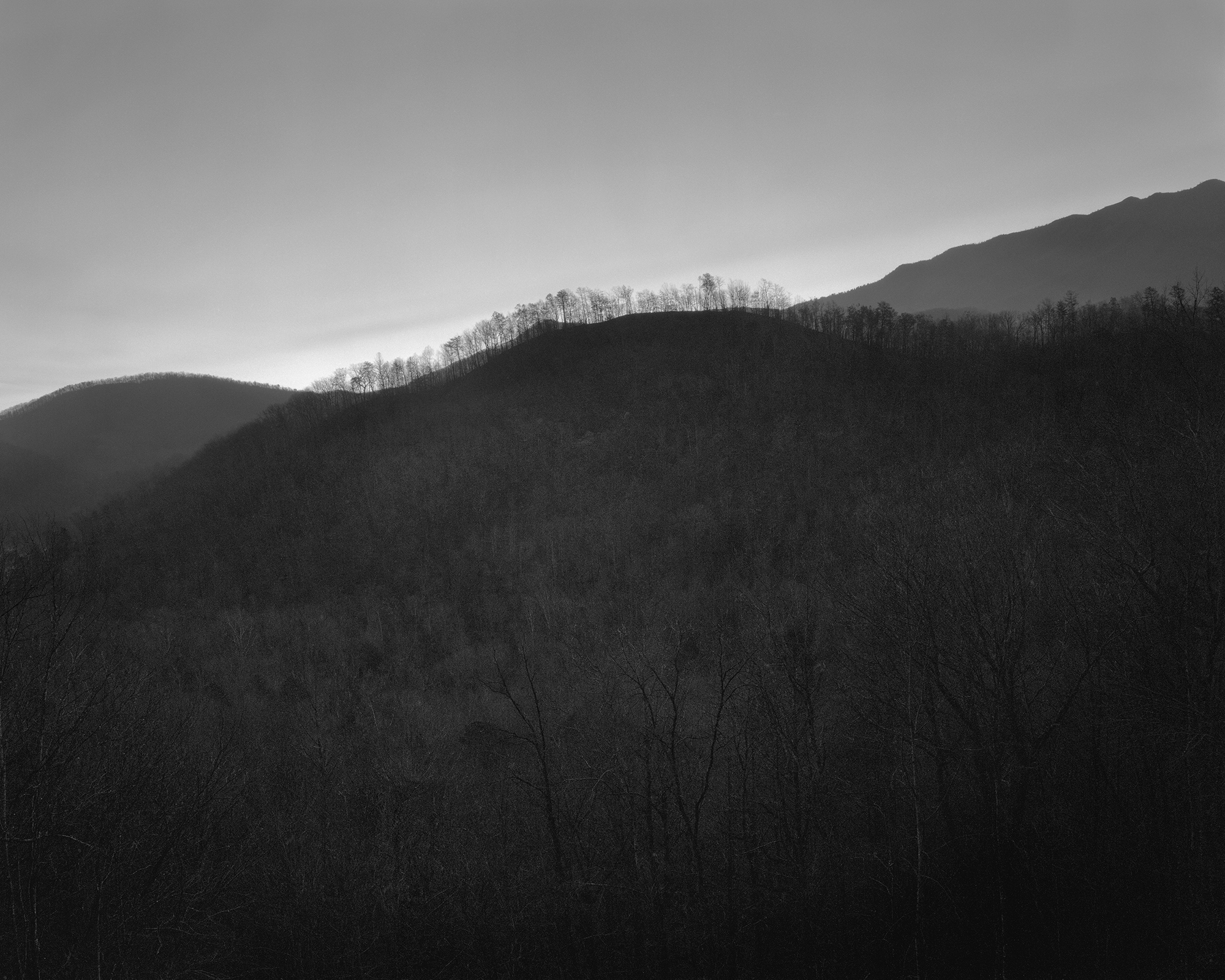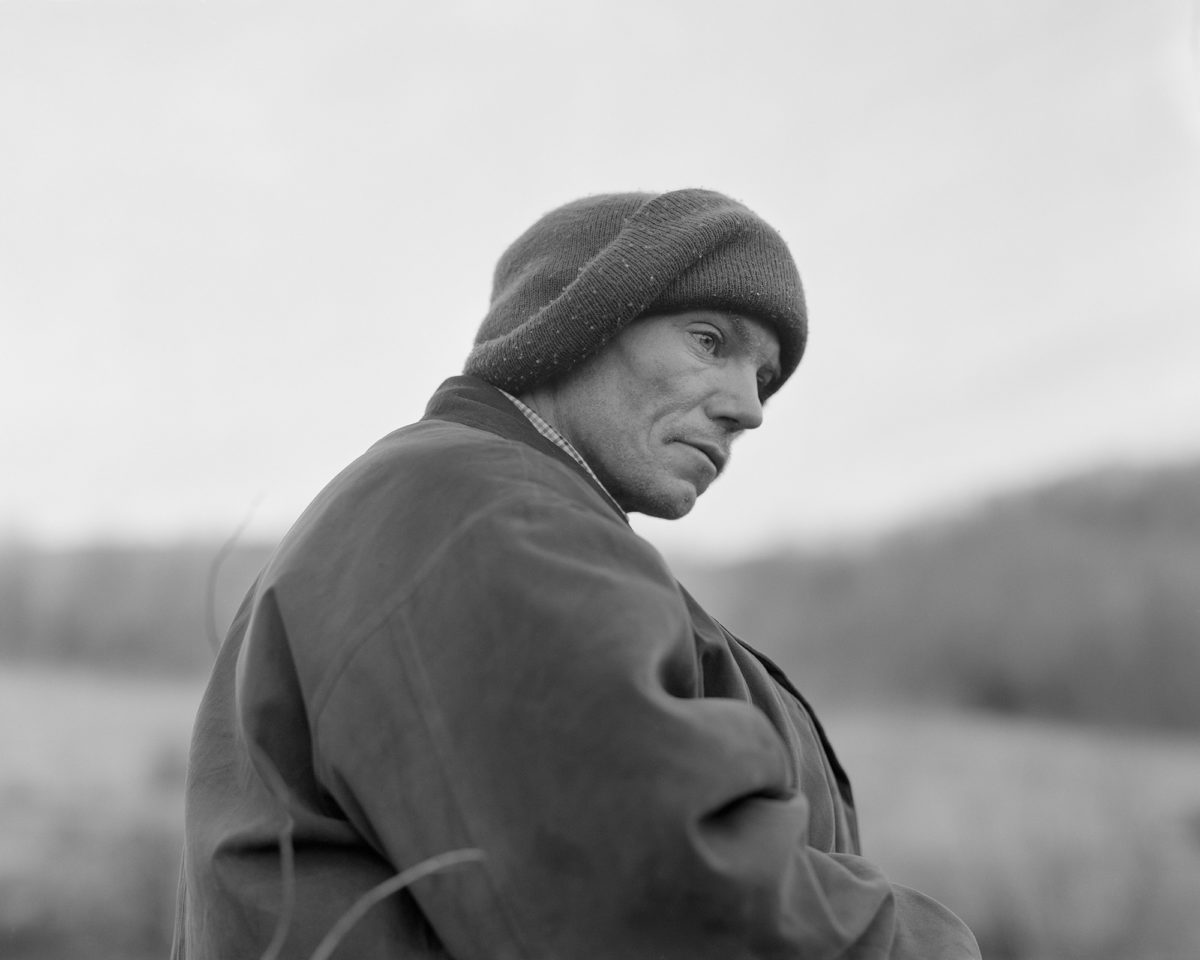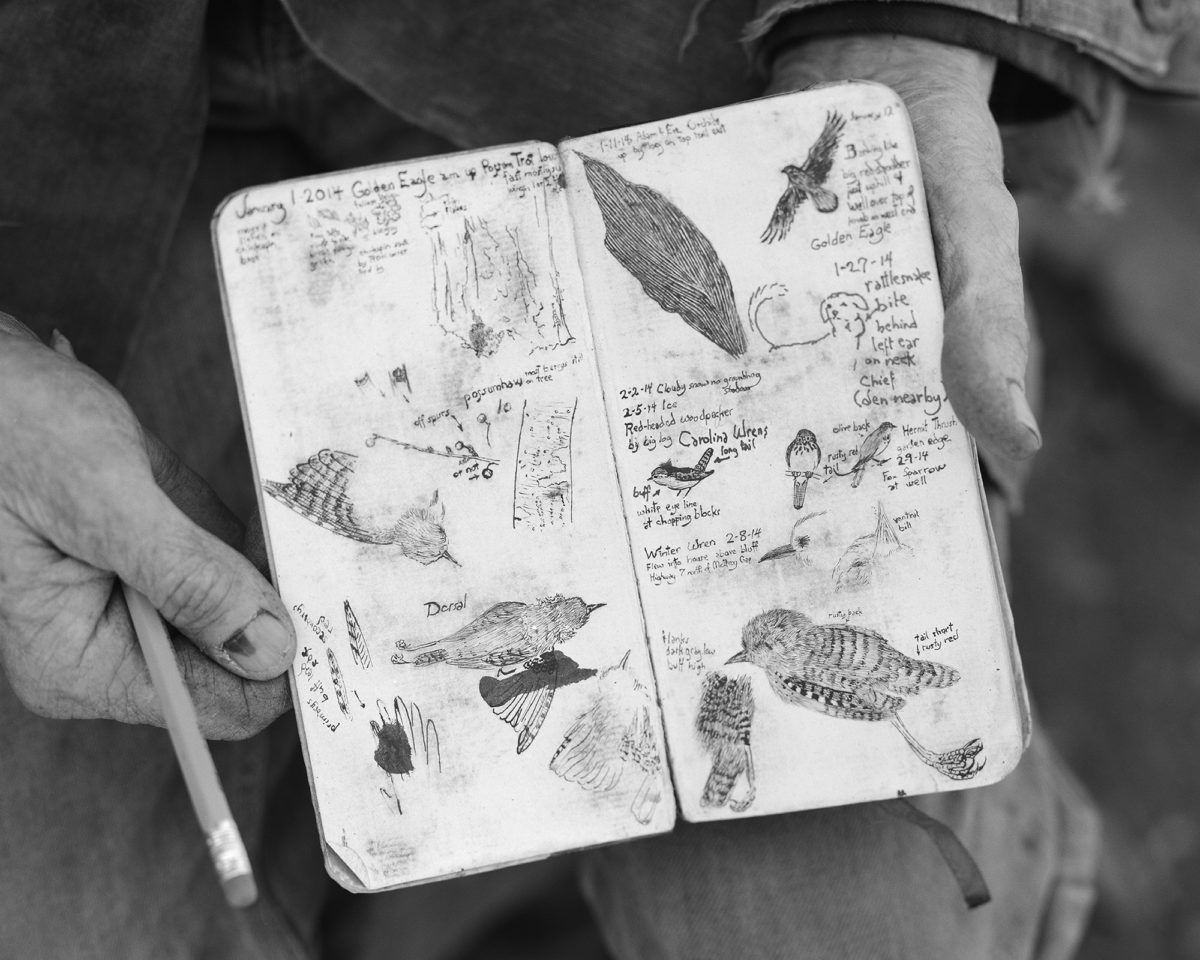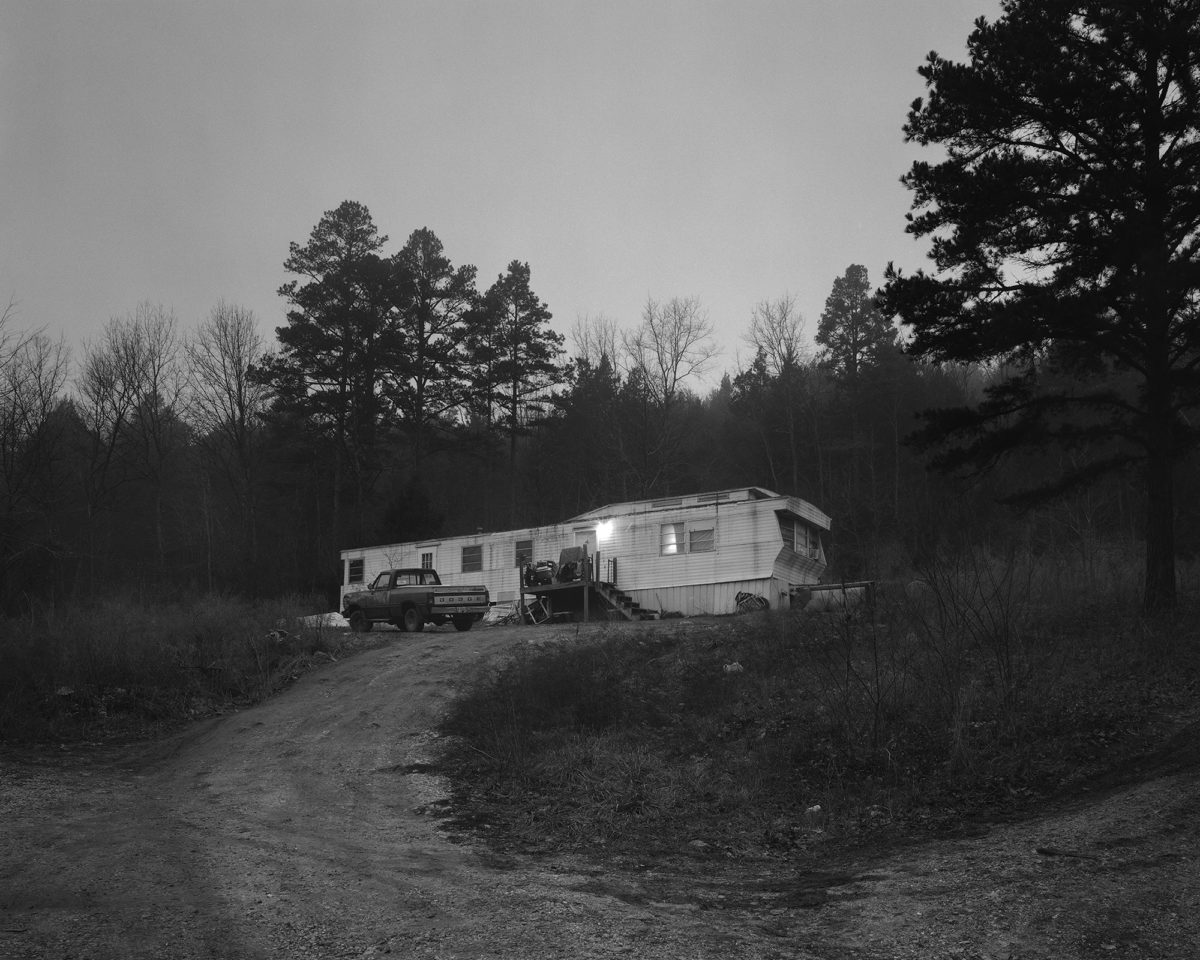Oppressed by routines and imposed social interactions, a group of men took the path deep into the dark woods of Arkansas. Guided only by tips and vague directions, American photographer Matthew Genitempo found this solitary group, entered their huts and photographed them. Jasper is a black and white exploration of isolation.
Frank Stanford was a poet of solitude. Born in 1948, he wrote most of his sibylline poems in the mountains of Arkansas – the Ozarks, where he also attended school, and was later buried, in 1978. His gruesome yet tender poetry captivated the photographer Matthew Genitempo and drew him to the Ozarks. In his last year of an MFA in photography at University of Hartford, Genitempo, afflicted by what he calls “an obsessive spell with the poetry of Frank Stanford,” started following the archipelago of the Piney Woods of Arkansas and ended up in the Ozarks.
There, a mix of lucky encounters, the photographer’s instinct, and Stanford’s influence gave birth to Jasper, a beautiful series about men who live in isolation. Genitempo spent months living in the mountains, knocking on doors, talking to strangers, and creating a self-perpetuating chain of unplanned conversations. The men he captures live willingly in isolation. “Some have jobs, some live off veterans’ benefits, some off the generosity of others, but there is an underlying thread that runs through all of them and I think runs through all of us: the desire to be alone,” the photographer tells us.
Like Stanford’s verses, Genitempo’s pictures leave much unsaid. The photographer lets us savor the silence of these men’s daily routine, their sporadic comments, the evolution of their relationship to the camera and the photographer. “These men don’t have many visitors and are often very apprehensive of strangers – especially strangers wielding an enormous camera,” Genitempo says. His pictures convey the gradual process of building trust and reveal a heavy and intense atmosphere that is invisible to passersby.
Jasper was shot in multiple locations, near multiple huts, during many solitary strolls – but it has a sense of unity, the black and white contributing to this homogeneity. Genitempo uses an analog camera not only because the process charms him, but also because it imposes a boundary that prevents him from shooting impetuously. His enthusiasm would push him to “take an absurd amount of photographs, and then the task of picking the right one is nearly impossible,” he tells us. Analog allows Genitempo to appease his tireless appetite for creating, and make the best of it.
Indeed, photography is a way for him to harness his fecund creativity. If it wasn’t photography, it would be painting or making music, because “not creating entirely, if it’s even possible, sounds miserable,” he says. And if every creator needs a muse, as Socrates claims, then the muse here is the brown-eyed orphan that inspired Genitempo to shoot this eulogy to the lonely men of the Ozarks.
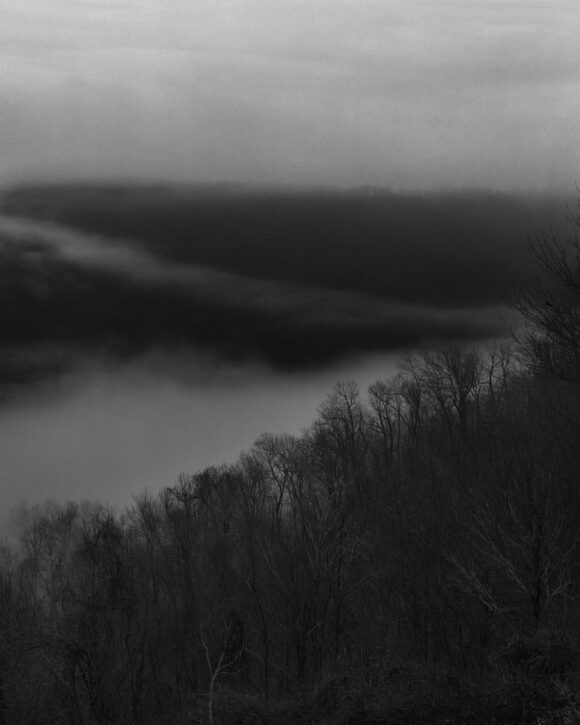
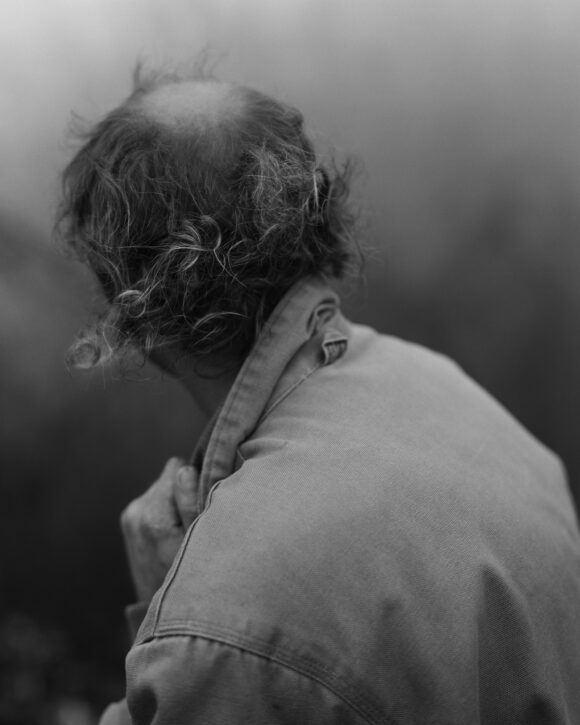
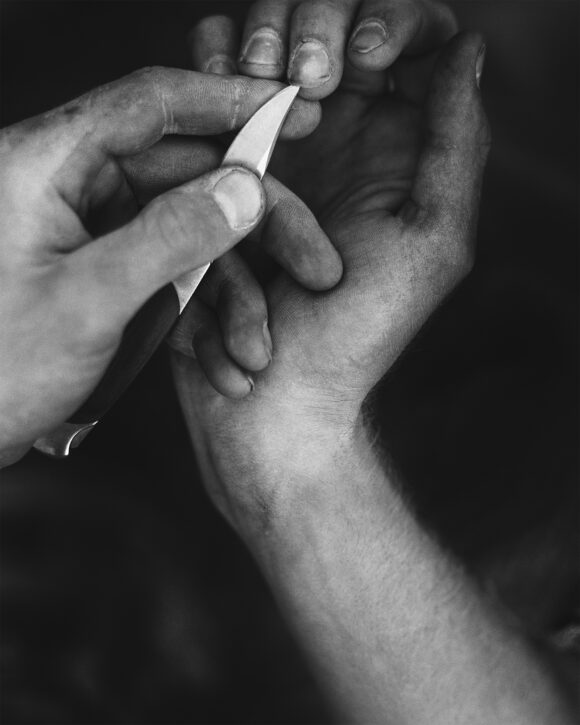
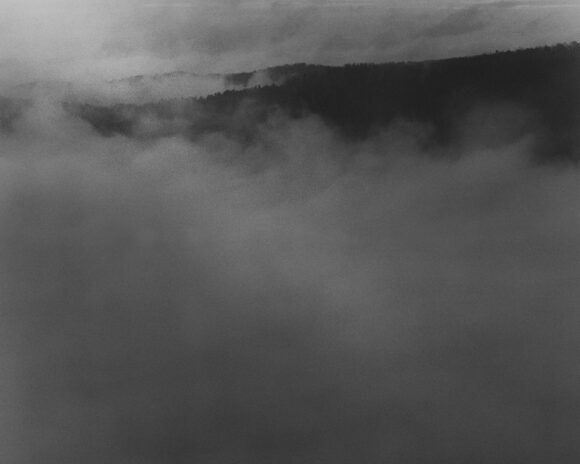
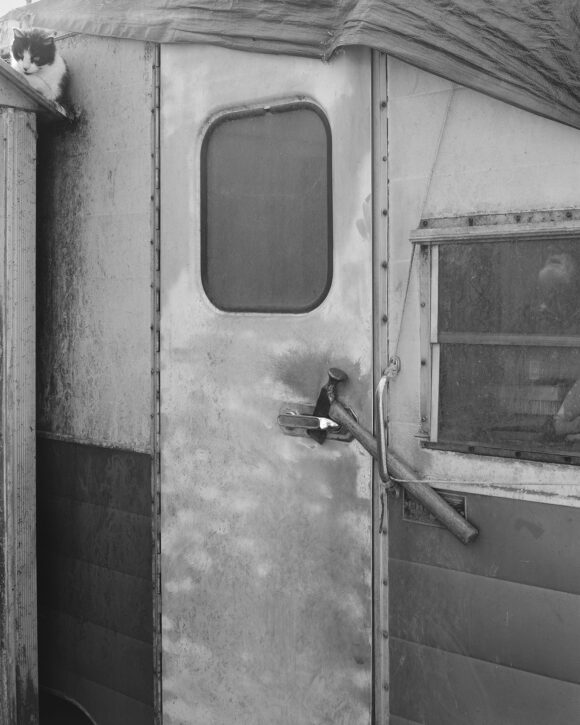
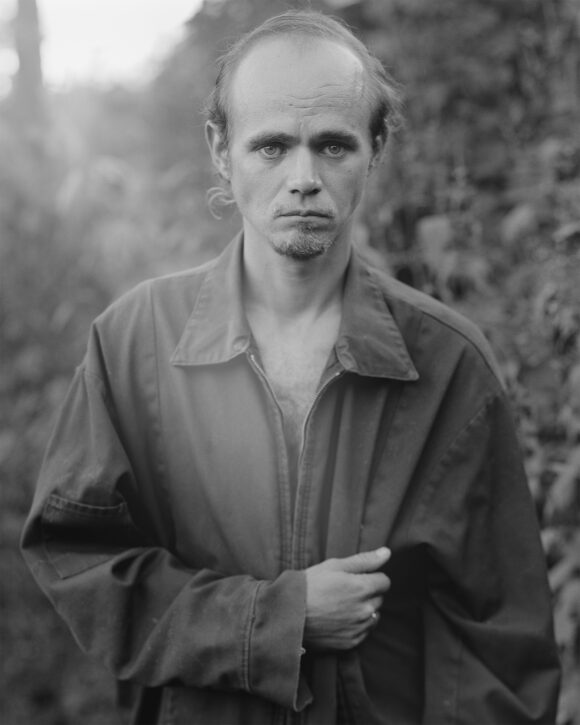
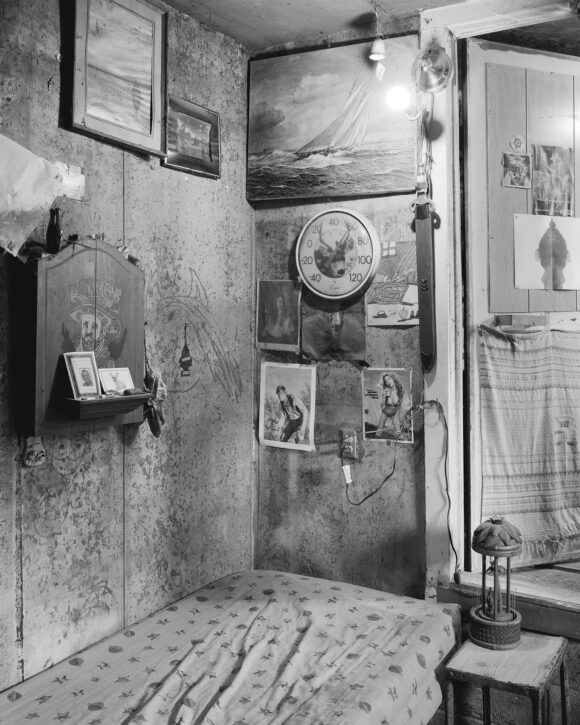
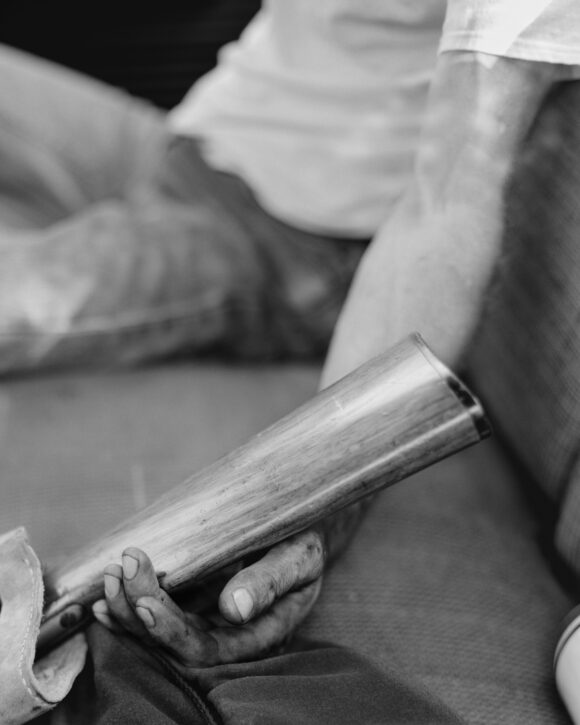
Images from “Jasper” © Matthew Genitempo
